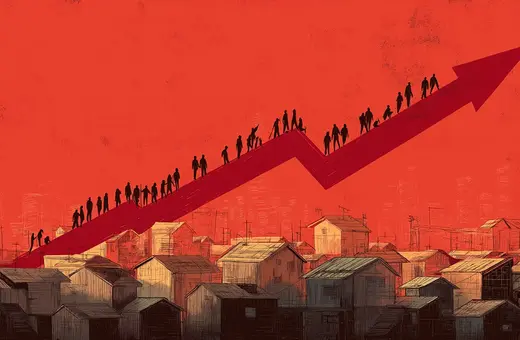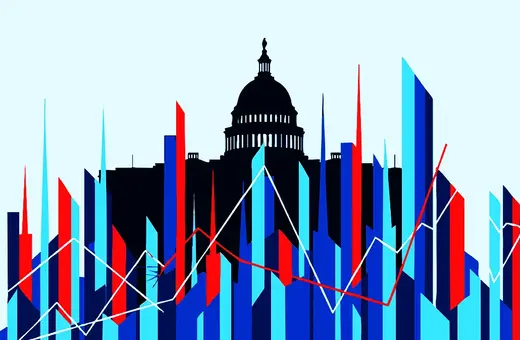Does digital technology have an inequality problem? Based on recent news coverage, you’d certainly think so. One common theme is robots and AI (Artificial Intelligence) taking over jobs, particularly less skilled jobs, threatening to increase the wage inequality that has been rising in the developed world since the 1970s and 80s. Uber is working furiously to replace their drivers with autonomous vehicles. Amazon appears to be swallowing retail sector after retail sector. A now infamous Oxford University study estimated that 47% of all US jobs are at risk to be automated over the next 20 years.
Another common theme is stories of gender and ethnic inequality in technology. Women and ethnic minorities are already seriously under-represented in technology industries. Media accounts of tech culture range from unsupportive, to openly hostile (see stories of Uber’s Las Vegas escapades for an eye-opening example). Technology seems to be uniquely resistant to this type of equality. Since 1980, the percentage of US women majoring in the physical sciences in college has risen to nearly 50% or more, with a similar rise in professional disciplines such as medicine and law. During that same period, female representation in computer science majors has actually dropped, from over 30% to around 20%. According to Airbnb’s diversity reports in 2016, 8% of their professional workforce, and 8% of their managers, were identified as Black or Hispanic, while in the state of California Hispanic and Black Americans make up 45% of our population.
These are vital issues, but an important aspect of the problem has slipped under the radar: wealth inequality. Much of the research in my academic field, Information Systems, has been dedicated to making digital technology as efficient and profitable as possible for the organizations that use them. But it may be that technology is a little too successful at generating business results. During the decades that economic inequality has risen, the technology sector has created, and captured, an ever increasing fraction of national wealth. Where does all that wealth go?
One important clue is the list of most valuable companies in the US, by stock market capitalization. The top four or five companies are all technology giants: Apple, Alphabet (Google), Microsoft, and Amazon, often joined by Facebook. The Chinese e-commerce giant Alibaba is in the top 10. This stockpile of wealth reflects the technology sector’s incredible success at generating financial profits. Far from plucky startups in a Silicon Valley garage, technology is now big business.
The shifts in wealth due to the technology sector have been large enough to impact the entire economy. Since 1980, in the US two economic sectors (Technology and Finance) have risen from 10% of large company market value to about 40%, replacing two other sectors (Energy and Commodities) which have shrunk from around 40% to 10%–holding constant 50% of the value in the remaining ‘real’ economy. These are wealth shifts on the order of trillions of dollars which, combined with the rise in corporate profits as a percent of GDP versus wages, mean that the financial stockpiles and flows controlled by the technology sector are significant enough to sway the entire economic inequality picture.





















Join the conversation